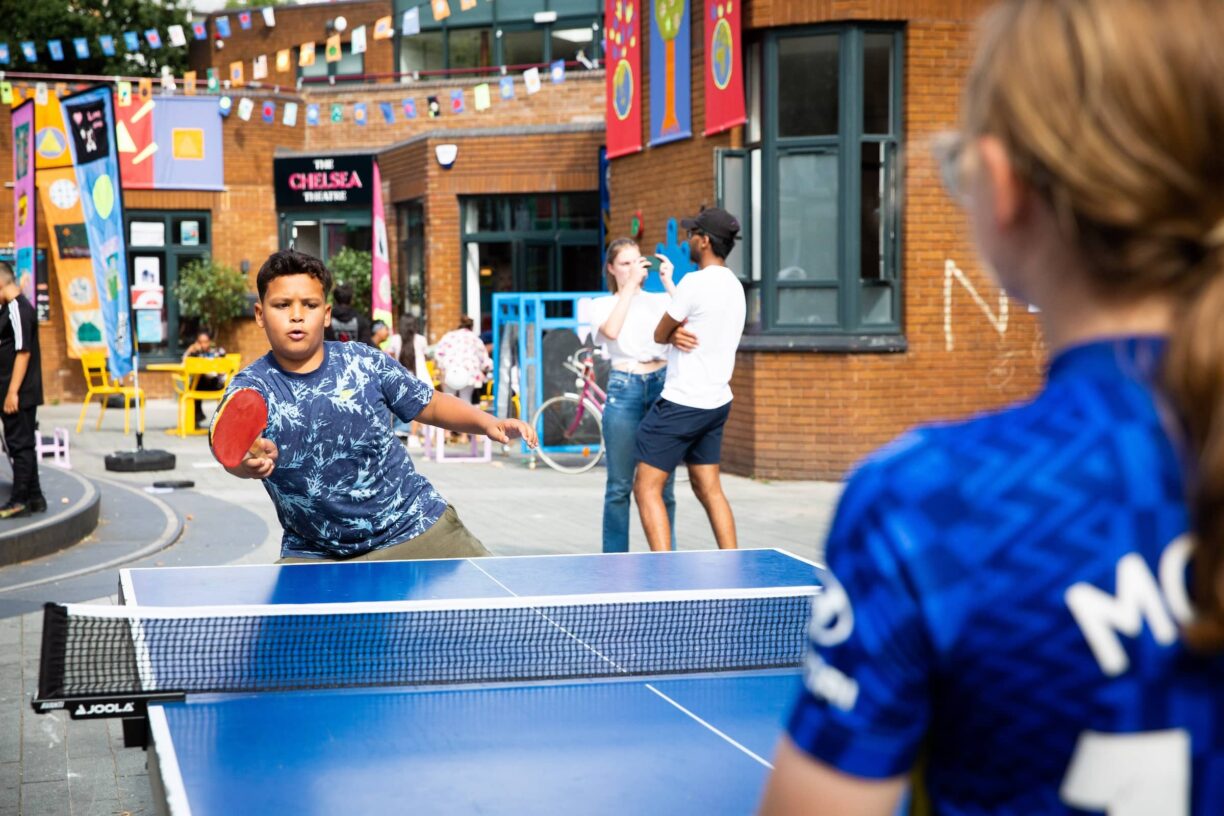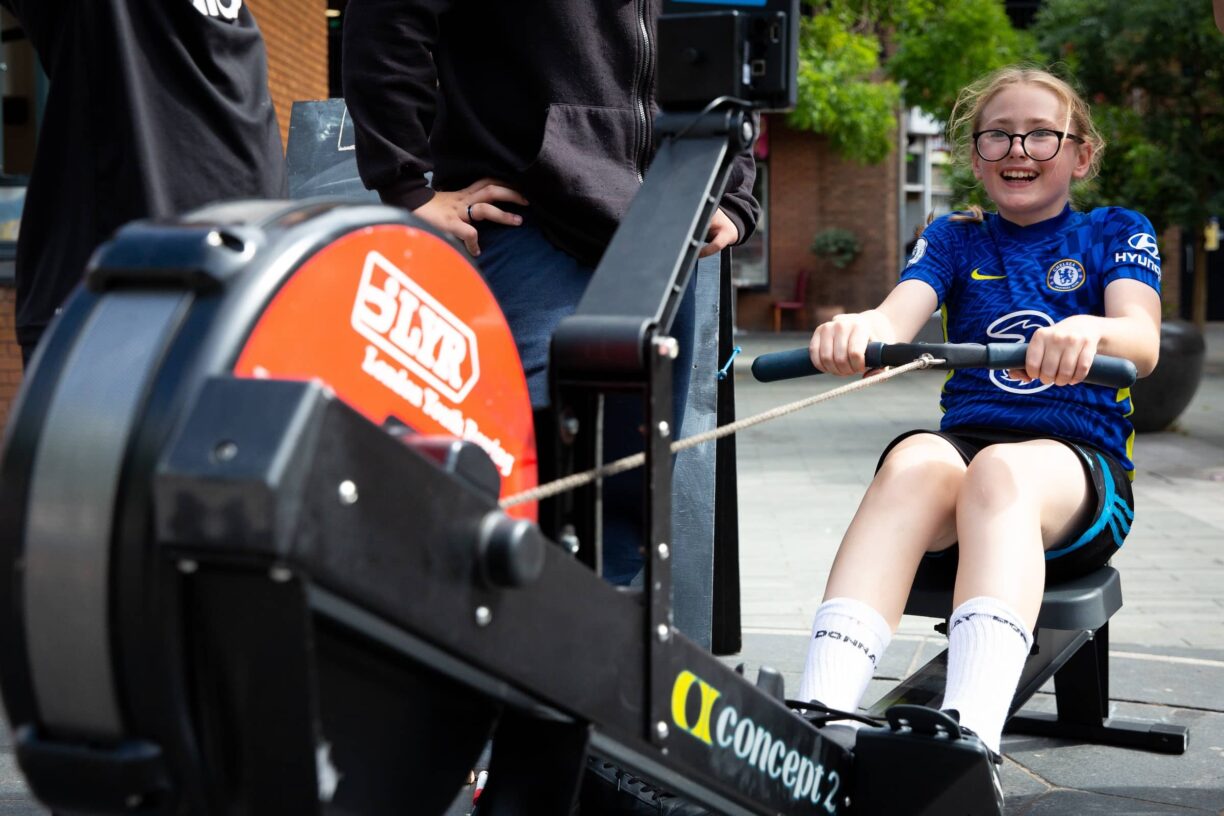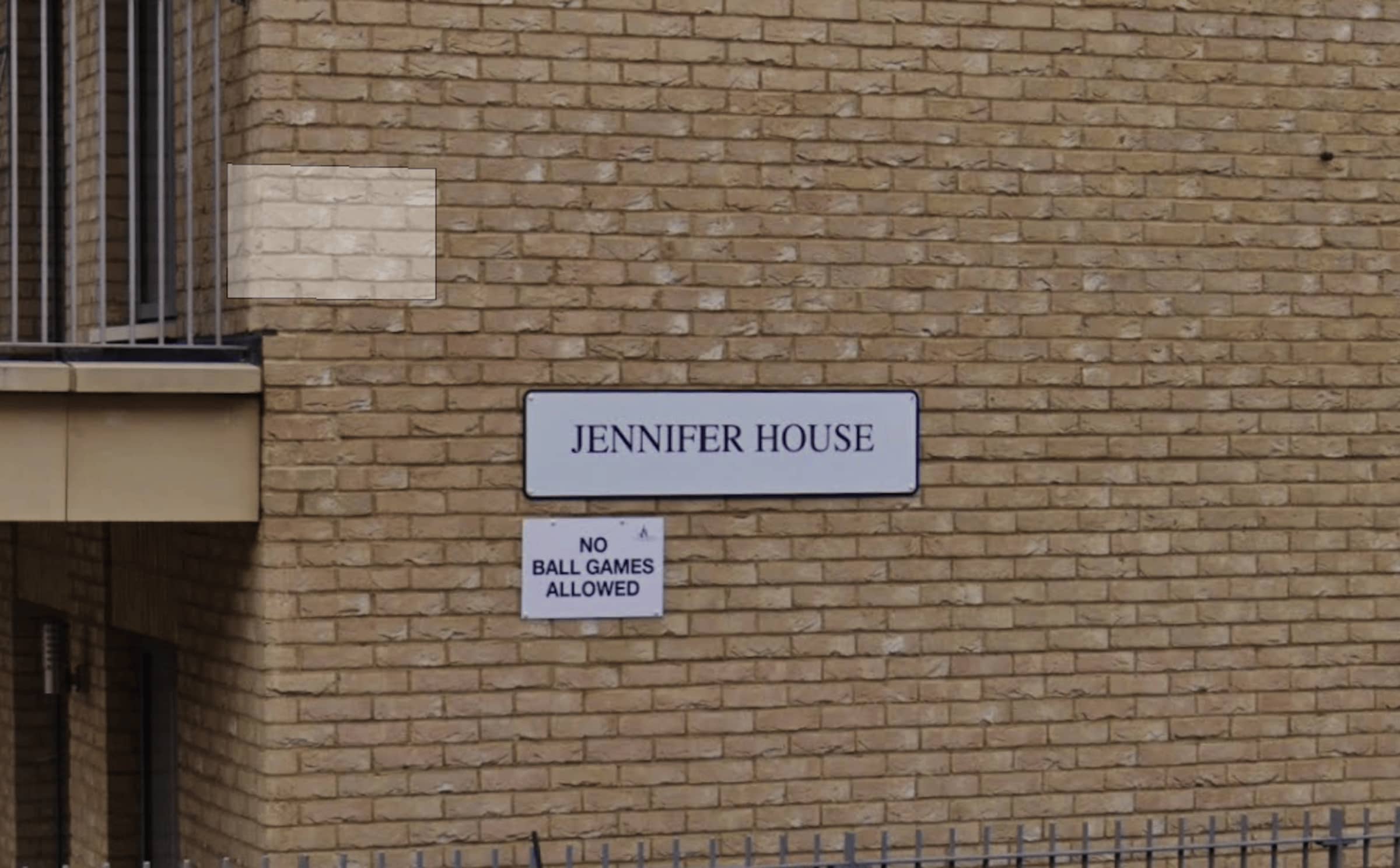New data has been released outlining poor activity levels amongst children in London and the staggering activity gaps for gender, family income, ethnicity and borough.
More than half of young Londoners (54%) are not meeting the recommended levels of physical activity for their health and wellbeing.

The findings, taken from Sport England’s “Active Lives” report, show that nearly 620,000 children between the ages of 5 and 16 are not achieving the recommended 60 minutes of daily exercise as set out by the Chief Medical Officer (618,900).
According to the UK Government, 1 in 6 premature deaths are caused by physical inactivity and costs the UK £7.4 billion annually.
London Sport, a charity tackling inactivity and inequality in the capital, is calling on all London Mayoral candidates ahead of the May elections to commit to policies and actions to improve activity levels amongst children and young people.
These include promoting walking and wheeling to school, protecting swimming pools and other sports facilities, and removing ‘No Ball Game’ signs to create more spaces for children to be active.
London Sport also has raised concerns about the serious consequences of letting these levels of inactivity continue without immediate intervention.
Emily Robinson, CEO of London Sport, said: “These figures are a real cause for concern and demonstrate how critical it is that we end the child inactivity crisis.
This is not just about giving children an outlet to play and have fun, this is about avoiding future health issues, improving children’s mental health, and even helping them perform better academically.
We know the potential that sport and physical activity can have on our city, so it’s vital that we stop treating it as a luxury and instead focus on using it as a tool to improve health outcomes, reduce the burden on the NHS, and ultimately save lives”.
As well as helping prevent health issues including cancer, heart disease, type 2 diabetes, and depression, physical activity is also a major factor in preventing obesity in the capital.

According to the Trust for London, over a quarter of children in Year 6 in London were considered obese (26%), higher than the national average (23%).
The Active Lives report also conveys a number of inequalities between different datasets in the Active Lives results, including large gaps for gender, family affluence, and ethnicity:
- Girls in London are nearly 10% less active than boys (42% vs 50%), with the gap 2% wider than the national average.
- Children from lower-income families are more than 10% less active compared with those from higher-income families (42% vs 53%).
- Black and Asian children are more than 10% less active than White children (39% Black and 39% Asian vs 51% White British and 57% for White Other)
While the figures above show large gaps across different demographics, one promising dataset is for disabled vs non-disabled children, with no difference between the two groups in the capital.
Out of 45 regions in England, London placed 32nd for children’s activity levels. Activity data also varies in each borough, with nearly a 30% difference between the most active and least active boroughs.
Wandsworth topped the child activity ranking for London with 59% active, with Tower Hamlets at the bottom of the list with only 32% active.
London Sport is focussing their efforts to support communities in areas with the greatest levels of inactivity and inequality, including in Tower Hamlets where they are trialling free dance sessions for local teenage girls.
As part of its wider ‘Space for Girls’ project, the initiative aims to use non-traditional spaces (including car parks and vacant shopping units) to provide women and girls with a safe environment to engage in a variety of sports and other activities.
London Sport is also working across the capital to maximise the use of school facilities outside of school hours to increase opportunities for pupils and local communities to be active.
Through the Opening School Facilities Fund, London Sport has already supported over 180 schools across the capital and provided over 40,000 individual opportunities for children to take part in sport and physical activity.





